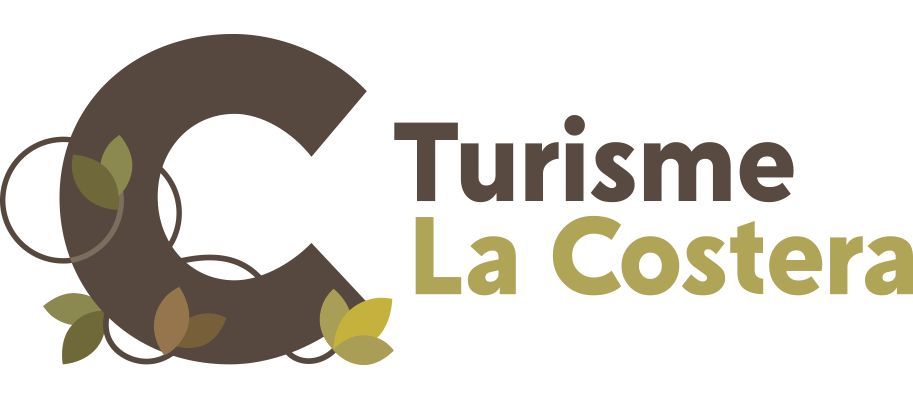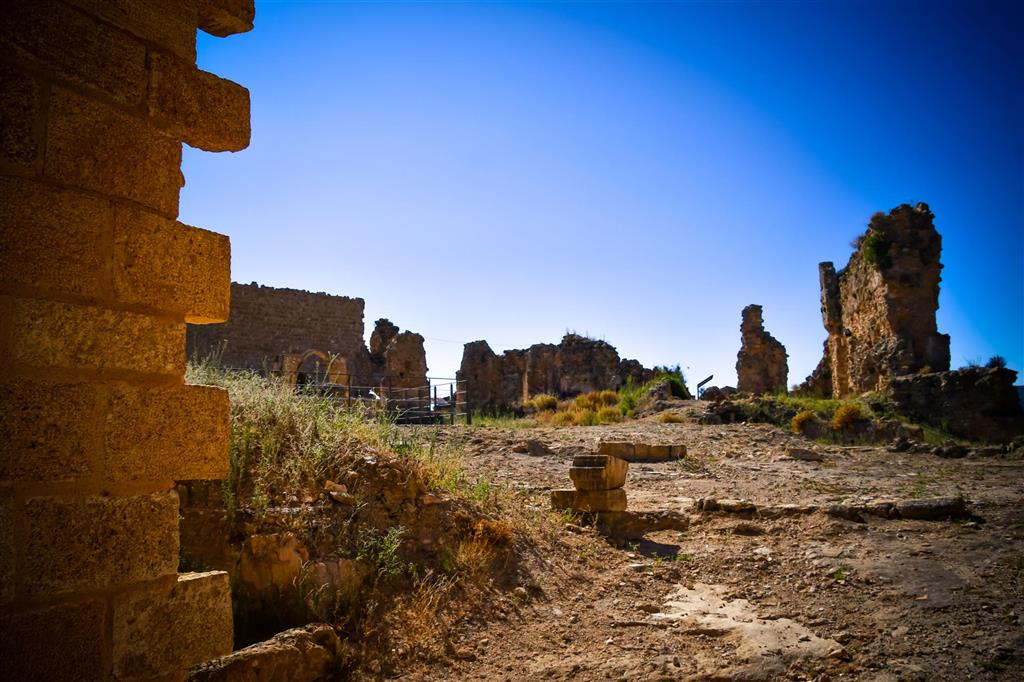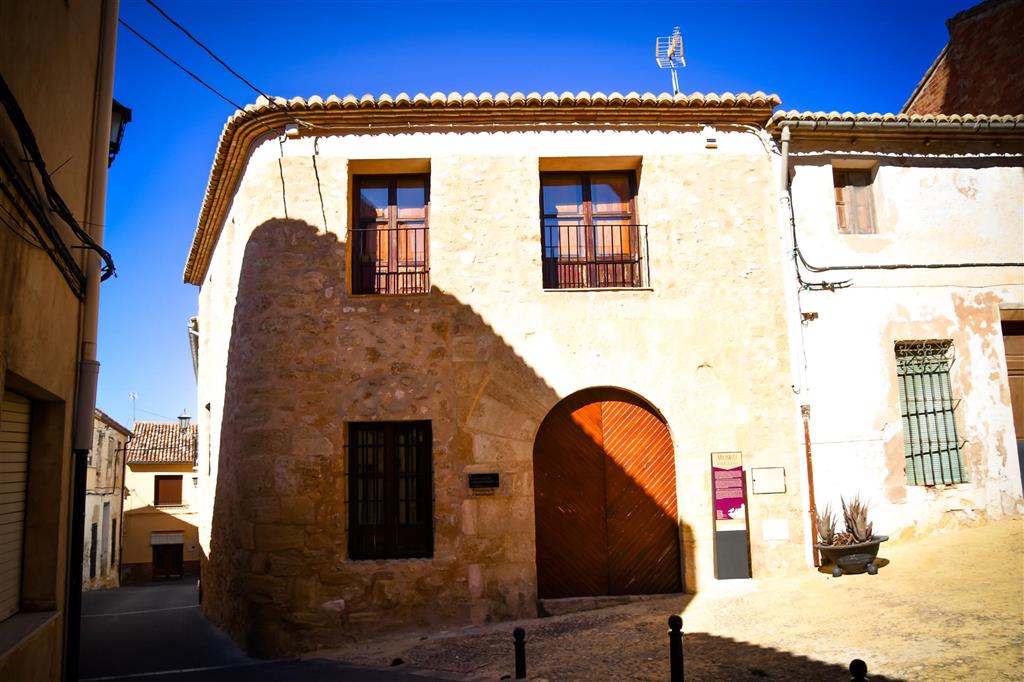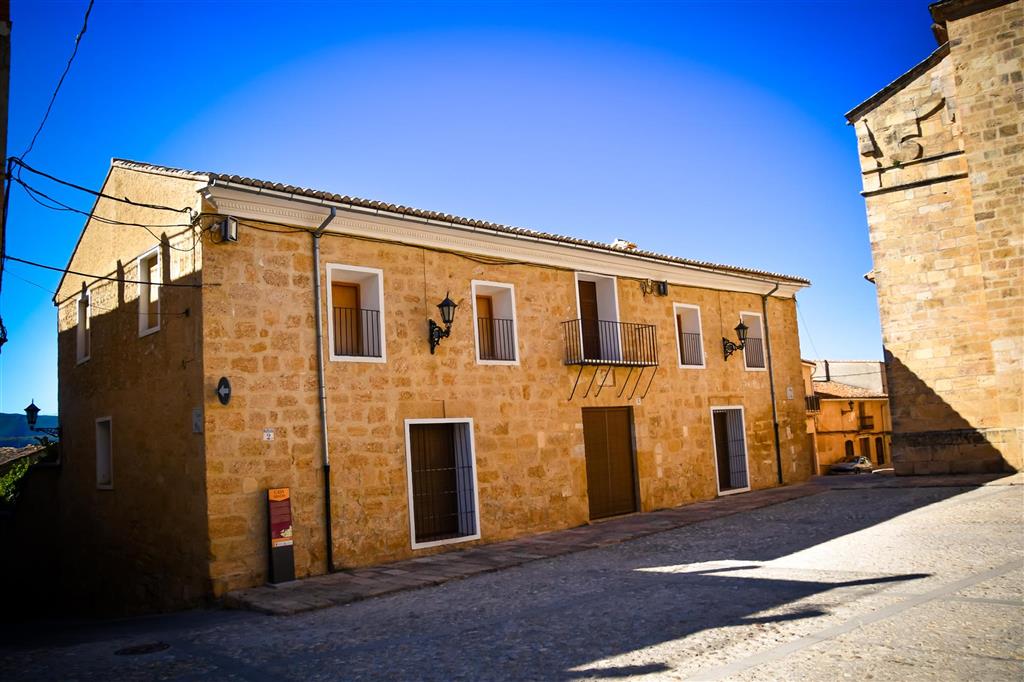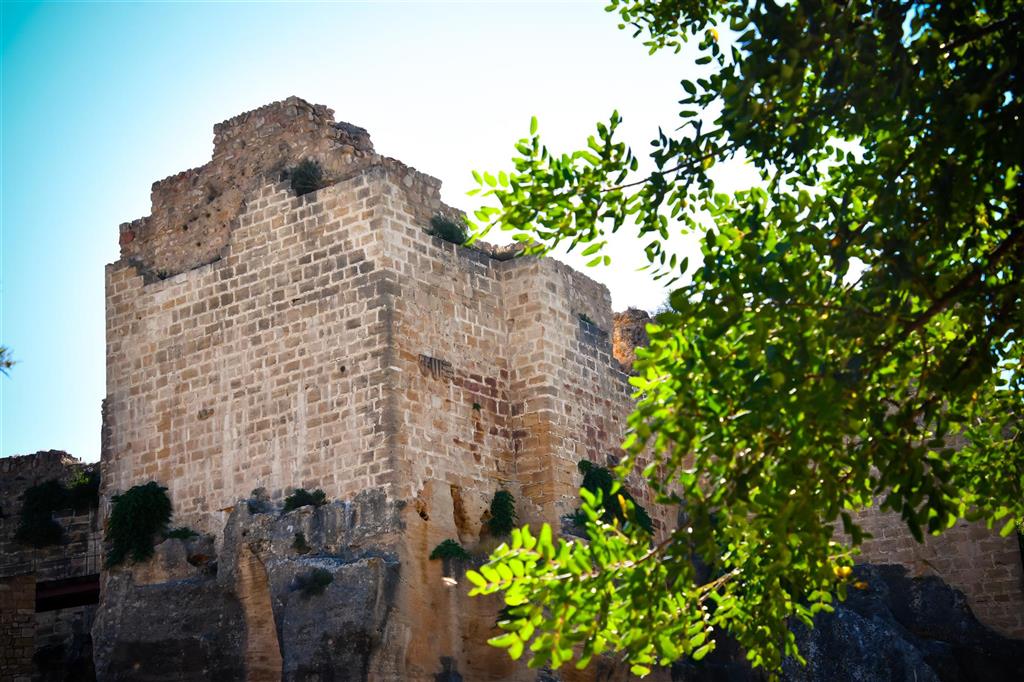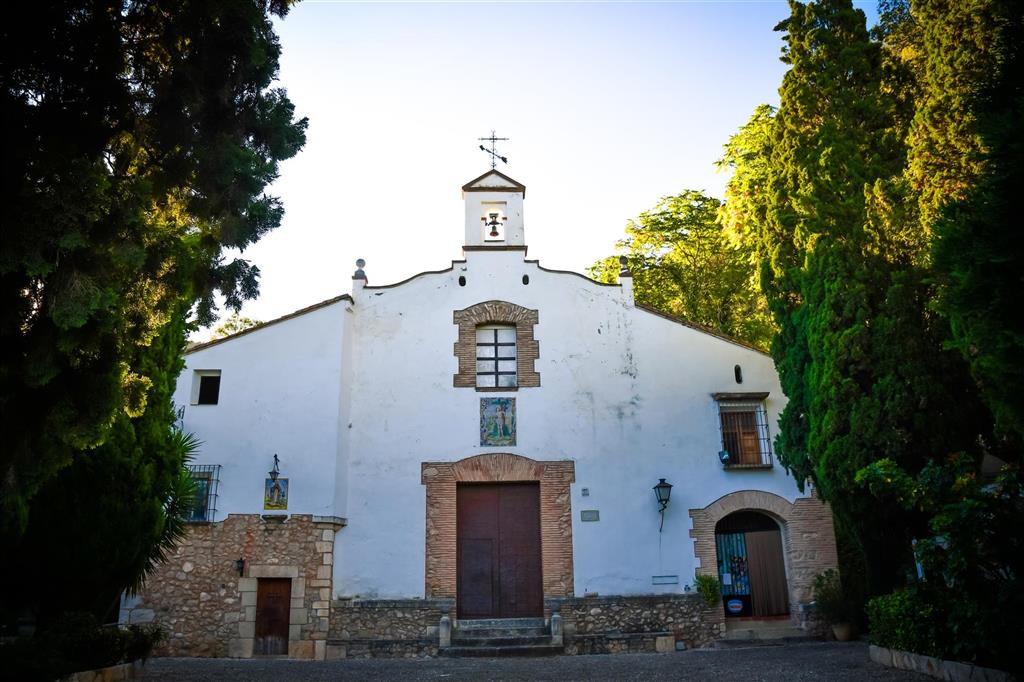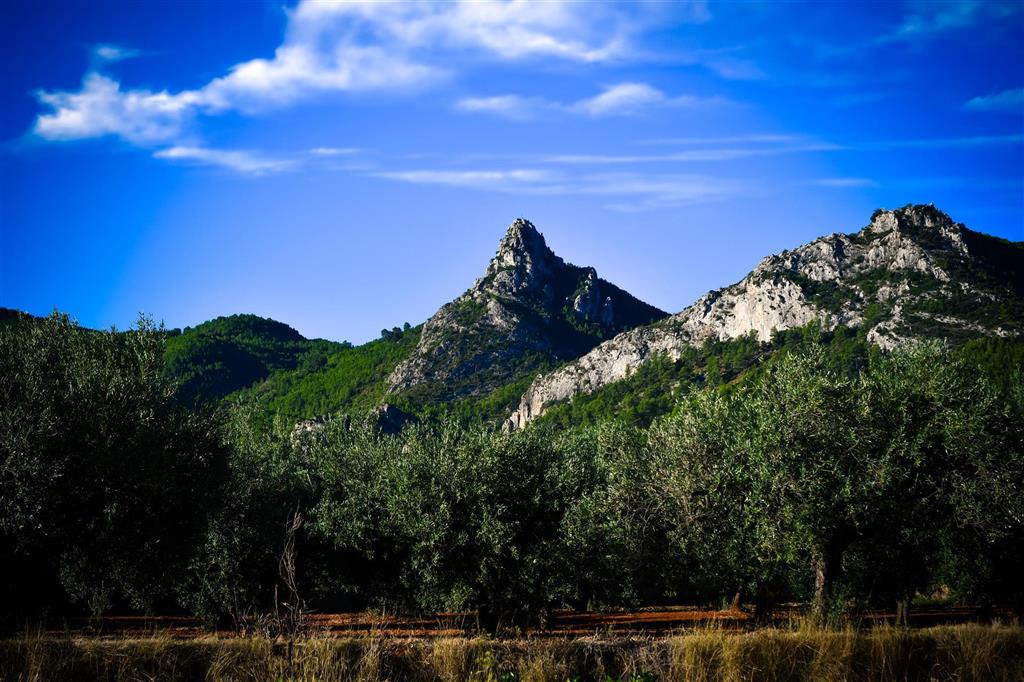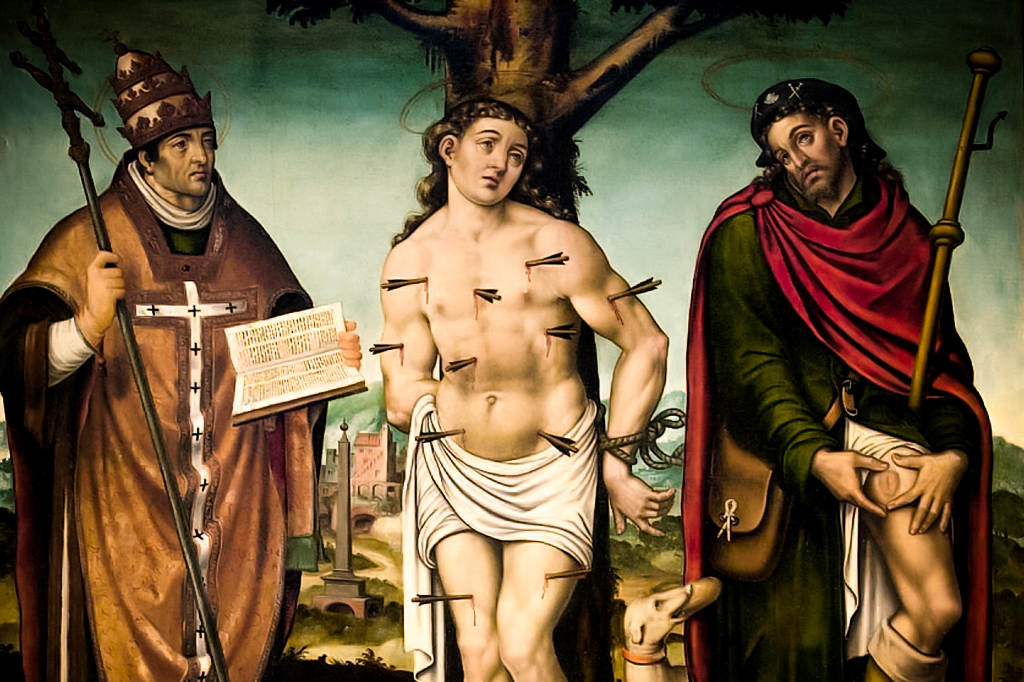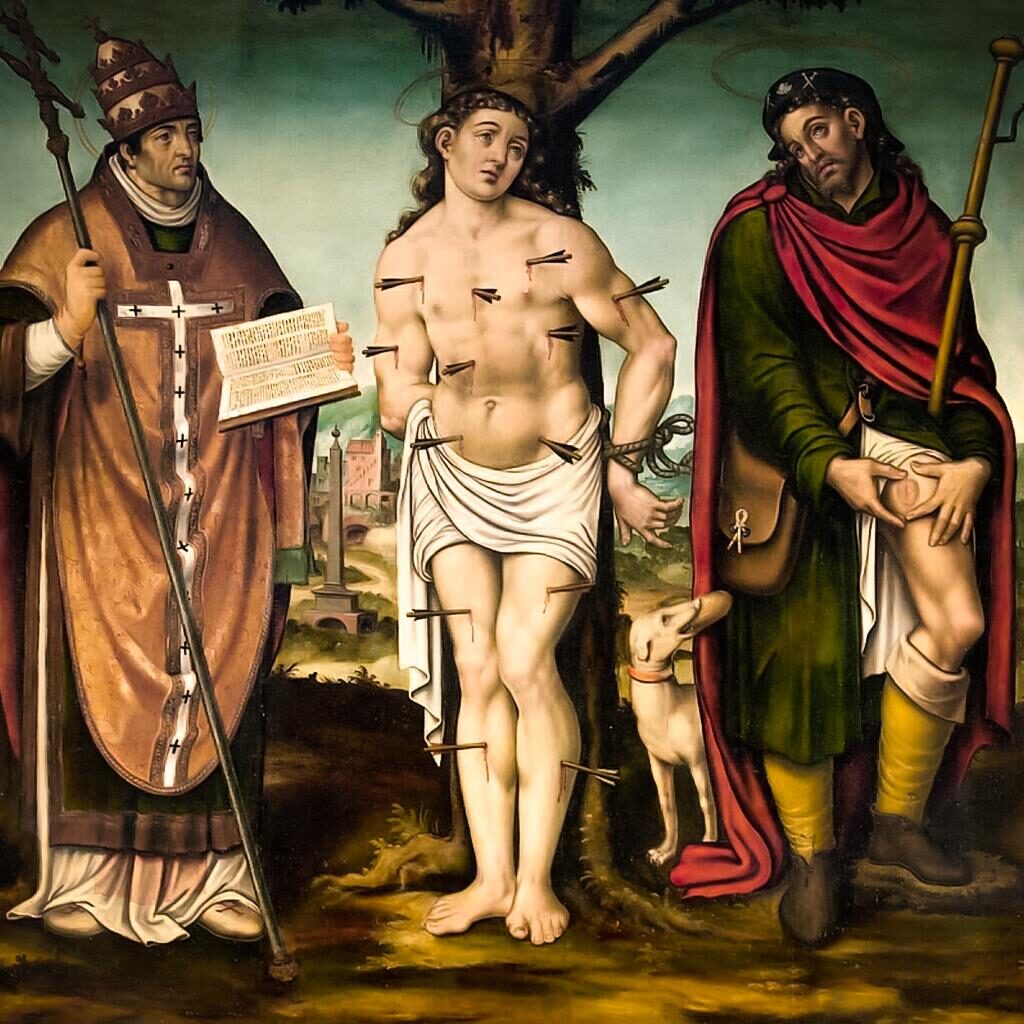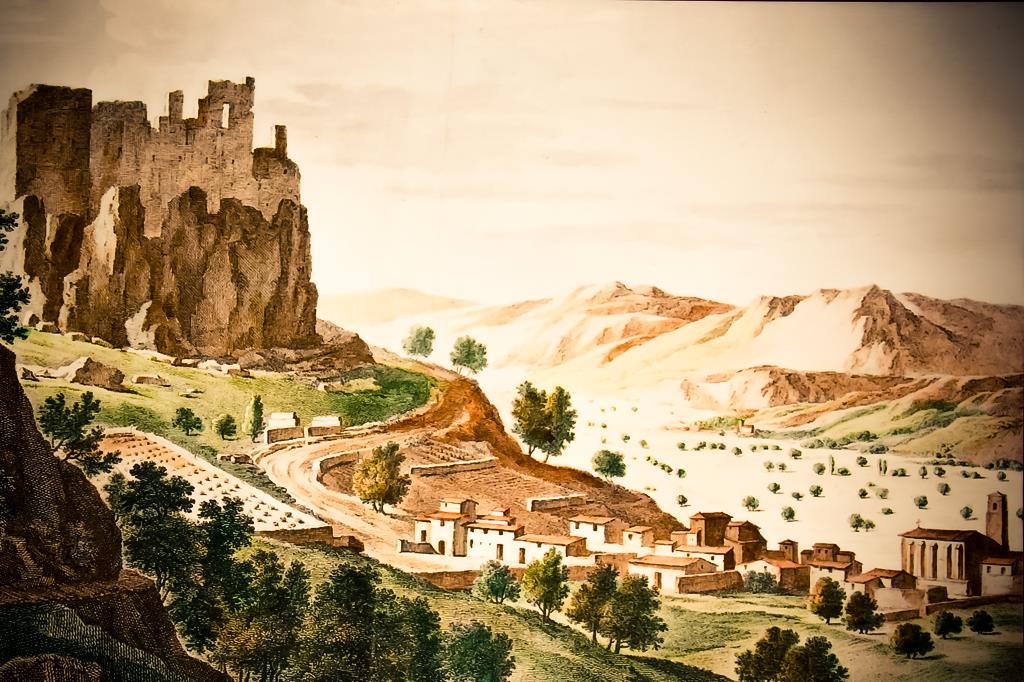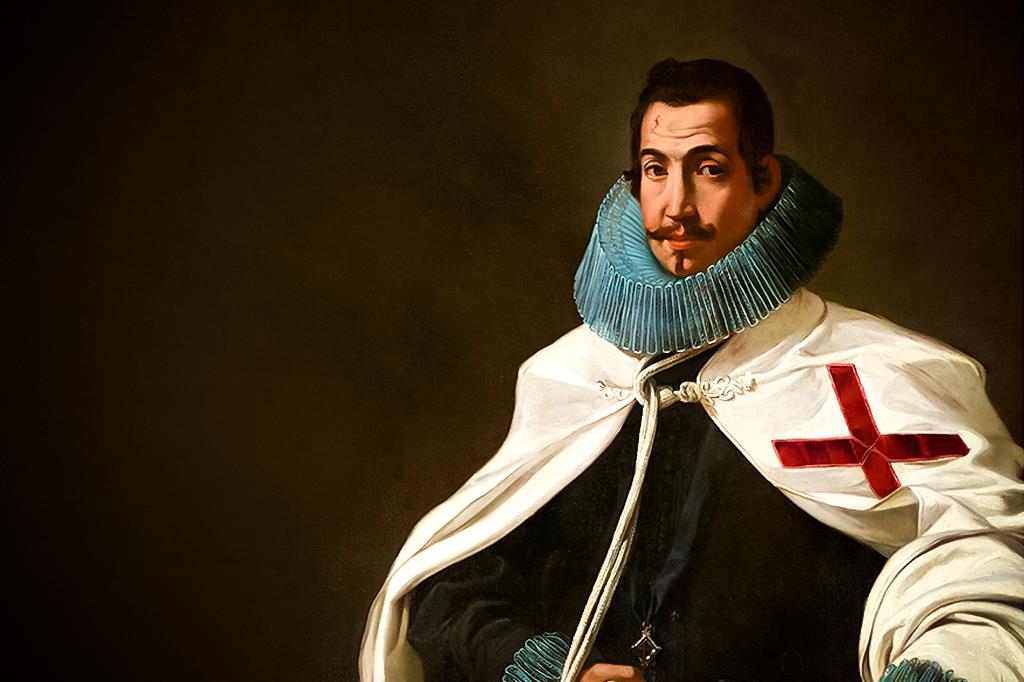The order of Montesa route
We invite you to join us on a journey through a part of our history full of stories, legends, knights, friars and, above all, the people and villages whose lives shaped the story of our history.

The order of Montesa route
We invite you to join us on a journey through a part of our history full of stories, legends, knights, friars and, above all, the people and villages whose lives shaped the story of our history.
Montesa, Spiritual heart of the Order
In 1319, the Order of Montesa took the town of Montesa and its castle from the royal patrimony. The construction of the castle-convent turned Montesa into the spiritual head and heart of an order that enjoyed considerable dominion over the lands of Valencia, having also received the previous prizes of the Knights Templar and the Hospitallers. This role lasted more than four centuries until the earthquake of 1748 when King Fernando VI, as master of the order, ordered the religious community to move to the palace of the Temple in Valencia. In 1835, with the abolition of the senyorius, Montesa became a full-fledged municipality and its institutions were disassociated from the order.
THE EARTHQUAKE
On 23 March 1748, the castle of Montesa was hit by a powerful earthquake that caused serious damage to the towns of la Costera, la Canal and la Ribera Alta. Apart from causing the transfer of the community of friars to Valencia, the earthquake caused an important setback for the whole of la Costera, which took decades to recover.
THE PARISH MUSEUM
One of the responsibilities of the knight Sots-clauer of the order was to administer the town of Montesa. The house that is now the parish museum and some of the adjacent houses were his home. The current parish museum exhibits pieces of art recovered from the castle in a collection that shows the splendour of Montesa in medieval and modern times.
LA VILLA SQUARE, SEAT OF POWER
The Plaça de la Vila was the heart of the power of feudal Montesa. On one side is the Casa de la Vila, the seat of civil power, which still conserves its 16th-century arches. On the other, the Casa Abadia and the church of l’Assumpció, the seat of religious power. And annexed to the latter, the Casa del Cavaller Sots-clauer, which administered the town on behalf of the order.
THE CASTLE
The castle of Montesa has a very ancient origin. From archaeological finds it is known that it is a fortified settlement from the Iberian period. However, the first reports of it date back to the 10th century during the Andalusian period. In 1244, Jaume I made a pact with the Banu Isa to hand over the castle of Xàtiva in exchange for ceding them the castles of Montesa and Vallada and both villages. Thirty-three years later, in the context of the wars with Al Azraq, Pere el Gran (Jaume’s son) seized and took the castle by force, incorporating it into the royal patrimony.
Vallada, village and manor
Located on the other side of the Cànyoles river valley, Vallada allowed the Banu Isa first and then the Order of Montesa to control the strategic road to Castella from its castles. Vallada, together with the now disappeared farmsteads of Gaixna and Gaixneta, were part of the royal donation in 1319 and formed part of the same municipality until 1547. That year, the master Pere Lluís Galceran de Borgia, granted Vallada the right to become a town.
THE HERMITAGES
The Order of Montesa had a strong concern for spiritual matters. A good proof of this is that, apart from the church, three hermitages were built in the village: Sant Sebastià, Diví Jutge and Santíssim Crist del Mont Calvari. The chapel of Sant Sebastià is located in an area close to the village. The other two are located in the upper part of the old part of the village.
THE REVOLT OF 1680
Not all was peace and harmony in the relationship between the order and the people. In 1680 there was a clash in the town of Vallada when the armed villagers confronted the brothers of the order of Montesa in a dispute over the boundaries of the land. The clashes took place when the order and the Montesa squads seized branches of Vallada in order to compensate for the damages they had foreseen.
La Costera, the Order beyond the manor
Many sons of the noble families of la Costera chose to become knights and many other well-to-do families chose to become friars of the order. The Order of Montesa was surrounded by a series of professionals who provided services. Thus, Gaspar Requena, collaborator of the famous Joan de Joanes in the main altarpiece of la Font de la Figuera parish church, was a painter born in Montesa, with works today in Xàtiva, Vallada, l’Olleria and Montesa, among others; also the painter Martí Cabanes – known as Mestre de Borbotó – has works in the capital of la Costera, in Montesa and in the Torre de Canals.
THE LINEAGE OF THE REQUENA PAINTERS
Gaspar Requena (can. 1530 – can. 1603) Born in Xàtiva, he had an active painting workshop in which his son Miquel, his son-in-law Pere Mateu and his daughter Jerònima took part. This woman, who was unique in that she was one of the few known artists of the time, took over the family workshop when her husband died. The prestige of the workshop was such that they were called to Valencia to serve the viceroy and archbishop Joan de Ribera. In la Costera we can enjoy several of their works conserved in the Almodí museum, in the parish altarpiece of Vallada and in the altarpiece of Sant Sebastià, Sant Fabià and Sant Roc in the church of Montesa.
THE LINEAGE OF THE REQUENA PAINTERS
Gaspar Requena (can. 1530 – can. 1603) Born in Xàtiva, he had an active painting workshop in which his son Miquel, his son-in-law Pere Mateu and his daughter Jerònima took part. This woman, who was unique in that she was one of the few known artists of the time, took over the family workshop when her husband died. The prestige of the workshop was such that they were called to Valencia to serve the viceroy and archbishop Joan de Ribera. In la Costera we can enjoy several of their works conserved in the Almodí museum, in the parish altarpiece of Vallada and in the altarpiece of Sant Sebastià, Sant Fabià and Sant Roc in the church of Montesa.
Friars i knights, the Order of Montesa
The Order of Montesa was founded by King Jaume II to absorb the domains of the Knights Templar and the Hospitallers. This process was opposed by the Hospitallers, who had consolidated a powerful dominion in the lands of Valencia. In 1319, the order received the additional donation of Vallada and Montesa to establish its castle-convent in Montesa. From then on, the order intervened in conflicts, such as the War of the Union, the War of the Two Peres and the conquest of the Mediterranean.
AN EXTENSIVE DOMAIN
The possessions belonging to the order were divided into two parts, one of which was assigned as the master’s chamber, or master’s office, and the other was entrusted to various knights with the title of comanadors. The clerical friars were given priories and rectorates. The mastery comprised two batllius: that of Cervera and that of Montcada. From the commanderies, a territory made up of 67 localities, with a population of approximately 28.000 people.
PERE LLUÍS GALCERAN DE BORGIA, THE LAST MASTER
This member of the Borgia lineage, born in 1528, lived a life that was more than novel. As a master of the order of Montesa, he carried out successful military campaigns in North Africa on behalf of the crown. At the same time, however, he was an active participant in the struggles that his family had with the Pardo de la Casta lineage to gain control of the institutions of the old kingdom of Valencia. Thus Galceran and his brothers, including the later Sant Francesc de Borgia, took an active part in confrontations and assassinations.
